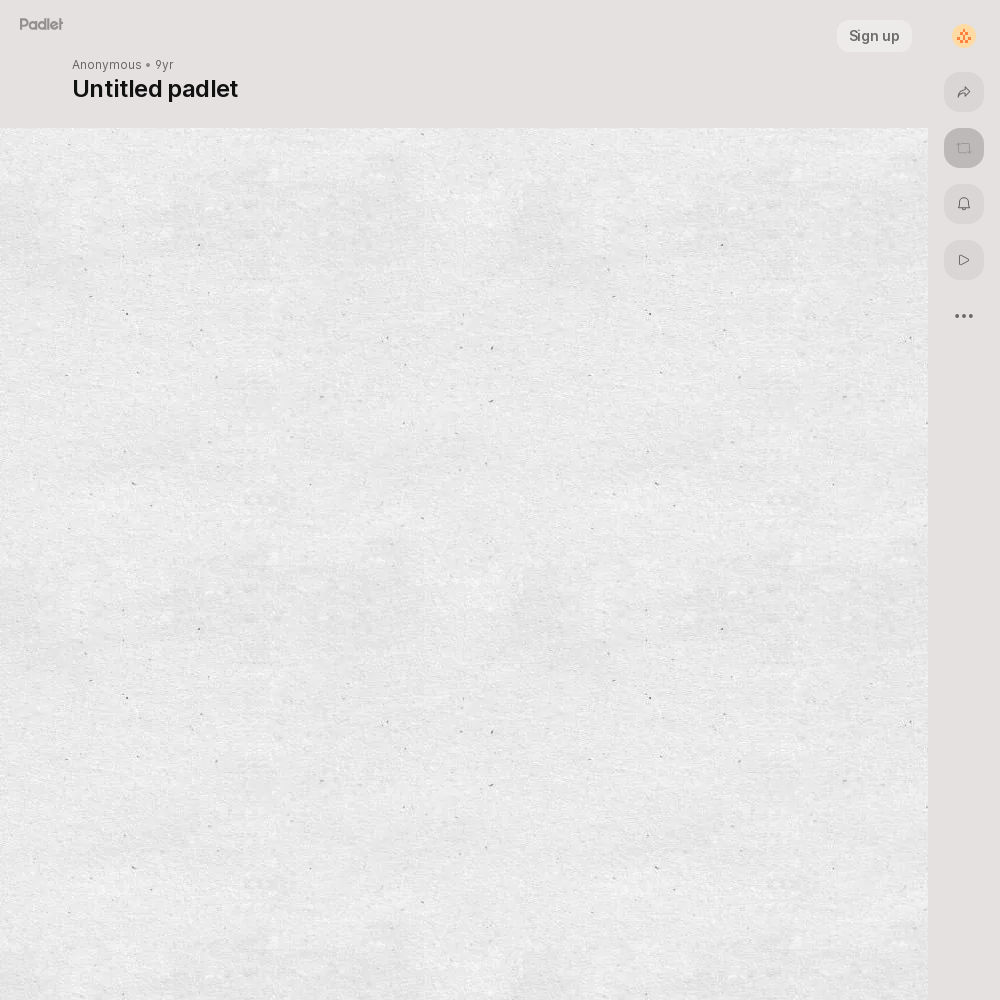“It’s not what you say or how you say it.” This is something we’ve all heard time and time again, and while it’s typically brought up to talk about situations in the past, I wanted to apply the concept to thinking about the way I engage people - specifically my students.
The first stage of my action research was to make myself personally aware of tone. I decided to focus on the way people were talking to me to think about my relationship with those people and what that relationship meant to me. The best way for me to explore this was to write out my thoughts on my relationship with that person before having a conversation where I put this exercise into practice. The results weren’t terribly surprising - but it was interesting to see how those things lined up. The hard part was that while it ‘made sense’ to me, tone of voice was a very very difficult thing for me to describe.
One example was when I started thinking of my boss. This is a direct supervisor who I respect, and when I communicated with him the next day I paid attention to how he spoke. It was thought out, confident and sure. If he wasn’t sure or didn’t know about something he didn’t get timid about it. He is able to say “I don’t know” or “Let’s figure it out.” in a way that makes not knowing feel okay.
This was something I definitely wanted to bring to my students. Taken a step further I believe it can be the type of thing that can make the difference between looking up an answer feeling like a chore, and feeling like an exciting thing we are doing together. If I tell a student “You have to go find that answer.” or if I tell them “I don’t know the answer either but I bet we can figure it out!” I can expect very different results.
After some discussion about teaching’s relationship to acting I was able to get a good resource from my boyfriend in the form of a book called “Directing Actors.” This was a book specifically for directors, but it talked a lot about the acting process and something called “the internal monologue.” This is essentially the thought process that a ‘character’ goes through that the actor attempt to experience to create the emotions and tone. So in my above example, it isn’t so much important the way I phrase the question, but how the question is phrased in my head. If I am annoyed, frustrated it’s going to come out the first way as opposed to the engaging way. This helped me come to realization that “tone” is about much more than the sound of your voice, it’s the entire context of your mindset.
When I first started applying this to my 5th grade group I immediately noticed a difference in the level of engagement. Once I actively became interested in the different topics that they would stray to I could find connections to build with the students and consequently ways to bring it back to the lesson plan. The children were often talking about different games and pop culture figures. Pokemon were a big one that came about. When it came time to talk about our project I would use an instructional tone when teaching them about processes and information, an empathetic tone when relating to the kids about the their concerns or difficulties, and an assertive almost parental tone when they were simply straying completely from the tasks we needed to focus on.
One of my big revelations that, while the context of my mindset was important, the context of the situation was important to. And in most cases the biggest piece of context was: loud classroom. This meant that my volume had to greatly increase when I was attempting any kind of tone - but obviously I didn’t want to appear as though I was yelling. This was difficult for me as a naturally quiet person, but I feel like I found a good balance of volume that reads as “excited” and “enthusiastic”. In this particular case - addressing a small subset of the class in a loud classroom that I don’t have authority over, participating in the ‘noise’ by being as loud as I needed to be heard (while still trying to respect nearby groups of course) was the best course of action.
Overall tone feels like it’s own entire art form, and just taking basic steps towards implementing it in my group has lead to some pretty good results even if it is something that still needs a lot of work. It’s important to me that I don’t get lazy with it and keep learning how to use it as a tool - because like any tool it’s going to help me get the job done with more quality and efficiency. So while it’s going to take work learning how to use this tool to begin with, I know it will make me a better teacher and be well worth it in the end.


